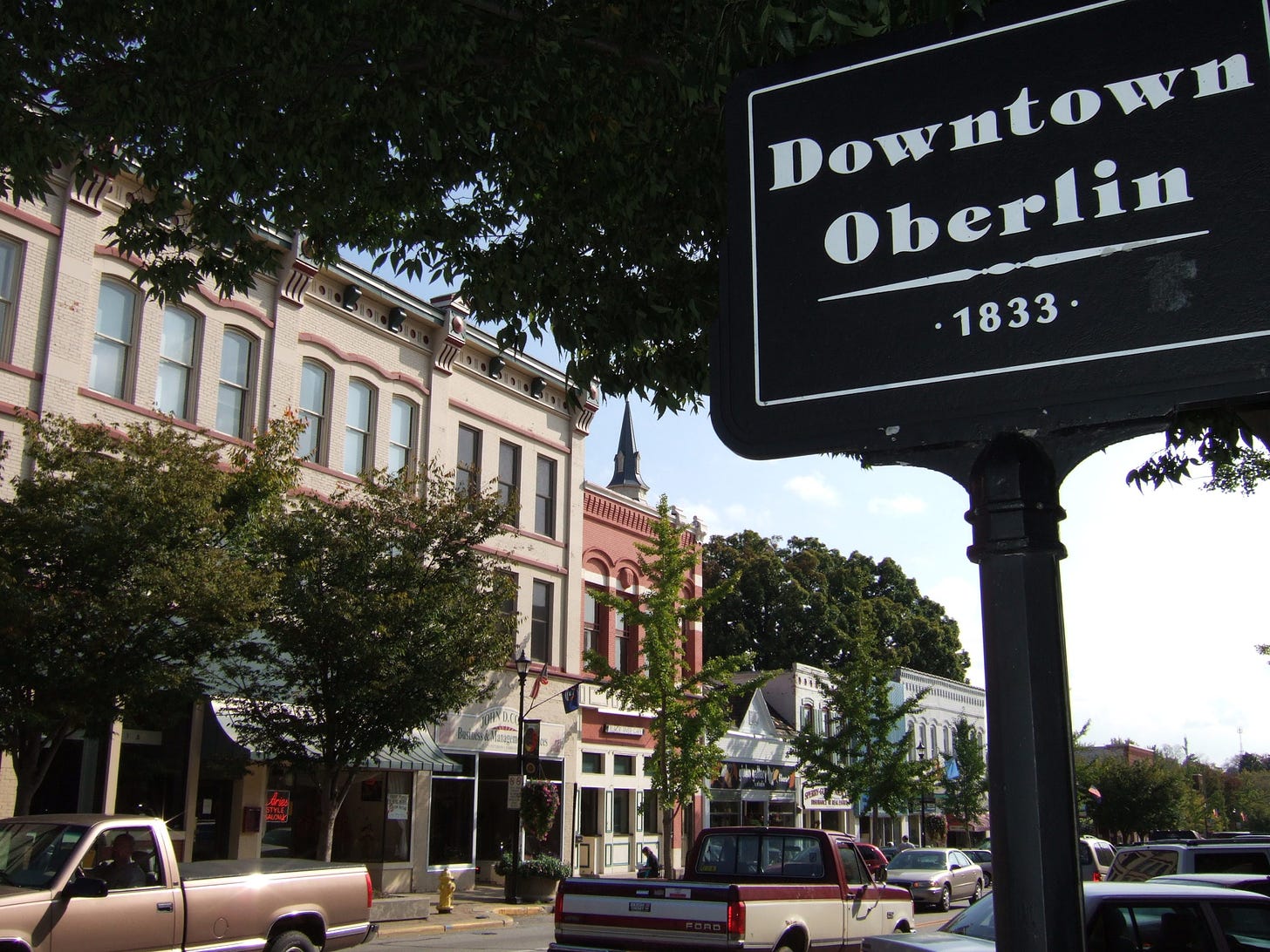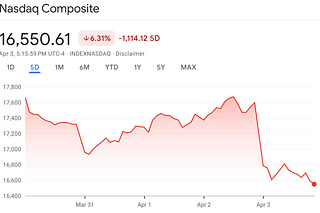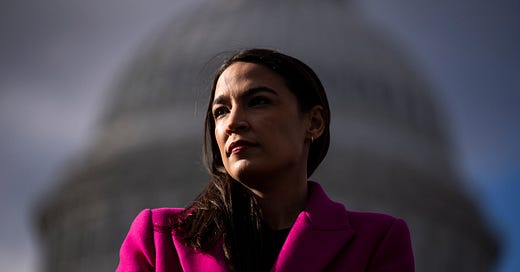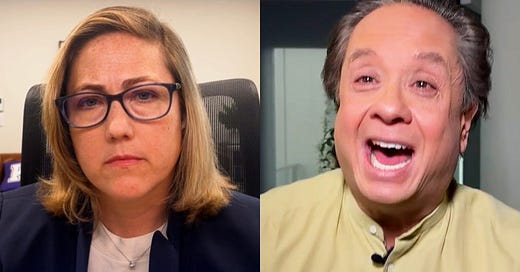
The Oberlin Culture War of 2016 Finally Comes to an End
Six years ago an African-American college student was arrested for shoplifting and a culture war erupted in Oberlin, Ohio. Now it's over. Did anyone learn anything?
Once upon a time—way back in the mists of November 2016—Oberlin College became momentarily famous as the site of one of our culture wars. The college branded a small, local business as being racist in one of the original Social Justice Warrior stories. Articles were written. Tweets were sent. Takes were had. Six years later we have been given a definitive answer as to what actually happened.
You may have forgotten the particulars of the incident: An African-American student attempted to shoplift two bottles of wine from Gibson’s Bakery, a neighborhood institution near Oberlin College. The kid was arrested. The next day protests began, with students massed outside the business, passing out fliers and charging that the arrest had been the result of racial profiling. The Oberlin College student senate passed a resolution saying the Gibson family was racist. There were calls for a boycott. The college, which had long done business with Gibson’s, terminated its relationship with the bakery.
The owners of Gibson’s filed a defamation suit against Oberlin. And now, six years later, we have a final result.
Oberlin College did defame and libel Gibson’s.
The initial lawsuit reached a verdict in June 2019 when a jury in Lorain County, Ohio, found the college guilty of libel and defamation against Gibson’s and came up with $44 million verdict in compensatory and punitive damages against the school.
Oberlin College appealed that verdict to the Ohio Court of Appeals, which ruled last week that the verdict stands. The 50-page ruling Gibson Bros., Inc. v. Oberlin College clearly explains how Oberlin College harmed Gibson’s why it must pay for the transgression.
I wasn’t surprised by this verdict because I covered this case for the entire seven weeks in the spring of 2019.
The case against Oberlin College wasn’t that they were the originators of the racism accusations, but rather that they helped push the message out even though they knew it was untrue and defamatory. And from the beginning, the presiding judge, John Miraldi, set a high bar for the plaintiffs, ruling before the trial that little of what the students protesting outside the business said or did was admissible, because the plaintiffs could not attach the school to their students, who were exercising their free speech.
The Gibson’s legal team needed to prove two things: (1) that the school’s post-protest actions added fuel to the defamation fire; and (2) that the school knew that these actions were wrong, but kept the racist message going in order to satisfy parts of their student body and faculty.
The appeals court verdict lays out in great detail how Gibson’s satisfied those requirements.
There was testimony that some of the school administrators were themselves at the protest and handing out fliers. Administrators also allowed students to use college equipment to make copies, bought pizza and beverages to feed the protesters, and bought mittens for protesters whose hands were cold. The racism claim from the student senate resolution was emailed to all students and posted on the wall of the student center for a full year.
In Ohio libel law there is an addendum that allows a party “aiding and abetting” a libel to themselves be exposed. (About half of the fifty states have some version of this provision in their code.) So under Ohio law, one need not be the publisher or originator of a defaming message in order to be held responsible for it.
The second part—proving both intent and what the Oberlin College knew in terms of the veracity of the claims—is the heavier burden.
But the lawyers for Gibson’s uncovered emails and phone messages between administrators which supplied the proof to meet this burden.
Some examples: A text from one administration official said they “hope we rain fire and brimstone on that store.” There were references to that “stupid bakery.” Another email said, “I’m baffled by [Gibson’s] combined audacity and arrogance.” And how, by fighting Oberlin College, Gibson’s “made their bed now.” One administrator suggested that restricting students’ use of their school-issued money cards at Gibson’s would be “another tool for leverage.” The dean of students was confronted with a retired professor who expressed skepticism that Gibson’s was racist. The dean’s response: “Fuck him, I’d say unleash the students.”
The circus moves on.
It’s not clear that, six years after the fact, anyone much cares about what happened between Gibson’s Bakery and Oberlin College. “Social Justice Warriors” aren’t even a thing anymore—our culture wars have moved on to “critical race theory” and now “grooming.”
Which is one of the reasons why the culture war never ends: It is rare to get a full and final accounting of a skirmish. And when such verdicts do come, they are usually too late to help society learn the lessons it ought.
In this case: That we should be careful of issuing judgments without knowing the facts. That mobs are poor diviners of truth. That institutions have a duty to transcend the passions of the moment.
The coda to this story is that David Gibson and his father, Allyn, owners of the bakery, both died during the intervening years. David Gibson testified in court that his father told him before the trial started that, “In my life, I’ve done everything I could to treat all people with dignity and respect. And now, nearing the end of my life, I’m going to die being labeled as a racist.”
Allyn Gibson survived his son David’s death, but did not live to see his family’s business vindicated. He died just a few weeks ago, on February 12.
In court, Marvin Krislov, who was president of Oberlin during the shoplifting incident, testified that “Being called a racist is one of the worst things a human being could be called.”
It would be nice if someone, somewhere, learned from all of this pain and misfortune.










